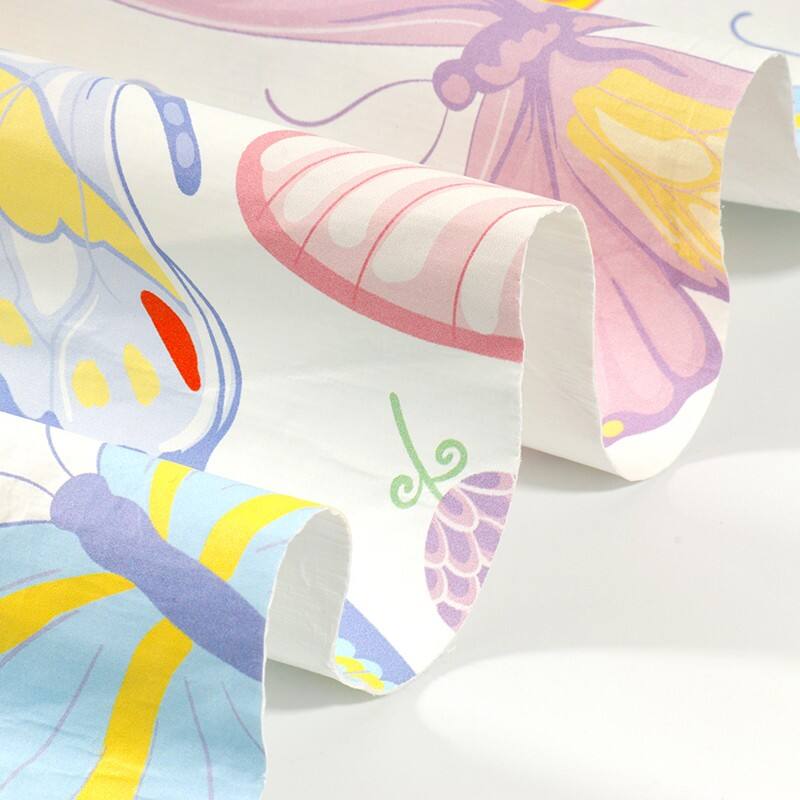breathable fabric types
Breathable fabric types represent a revolutionary advancement in textile technology, combining comfort with functionality. These materials are engineered to allow air and moisture vapor to pass through while maintaining protection from external elements. The primary function lies in their ability to regulate temperature and moisture, utilizing microscopic pores that are smaller than water droplets but larger than water vapor molecules. Modern breathable fabrics incorporate various technologies, from microporous structures to hydrophilic treatments. Common types include Gore-Tex, which uses an expanded polytetrafluoroethylene membrane, mesh-based fabrics that provide direct ventilation, and moisture-wicking synthetics that actively transport sweat away from the skin. These materials find extensive applications in athletic wear, outdoor gear, protective clothing, and everyday fashion. The technology behind breathable fabrics continues to evolve, with innovations in nano-fiber construction and smart textile integration leading to enhanced performance characteristics. These fabrics maintain their breathability while offering additional benefits such as water resistance, wind protection, and durability, making them ideal for diverse applications from high-intensity sports to casual wear.


